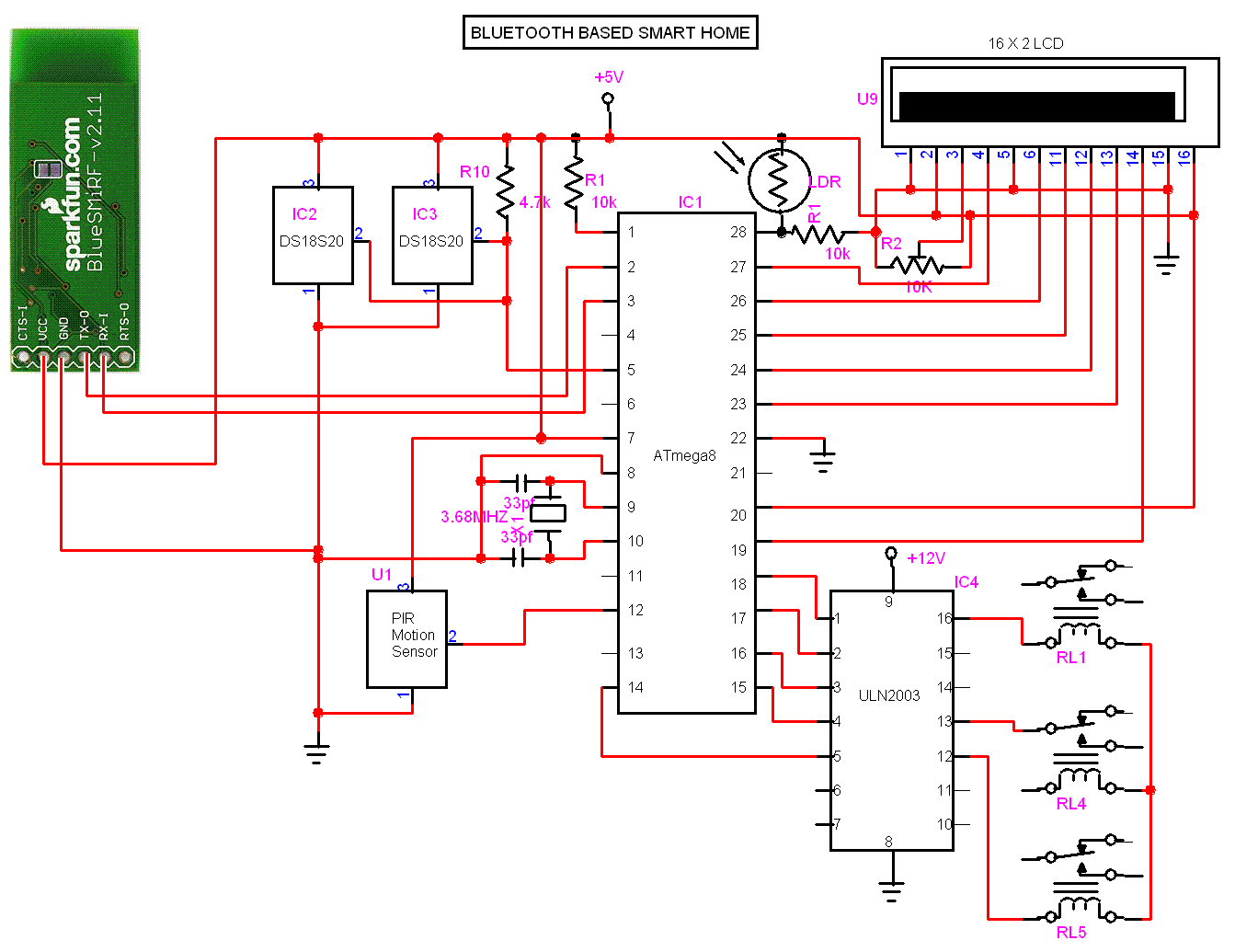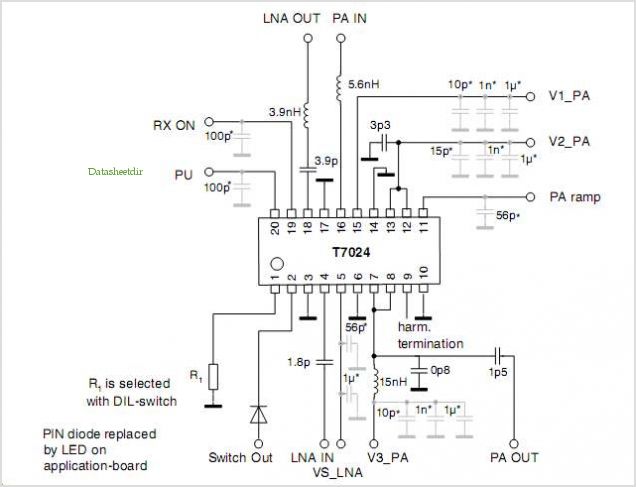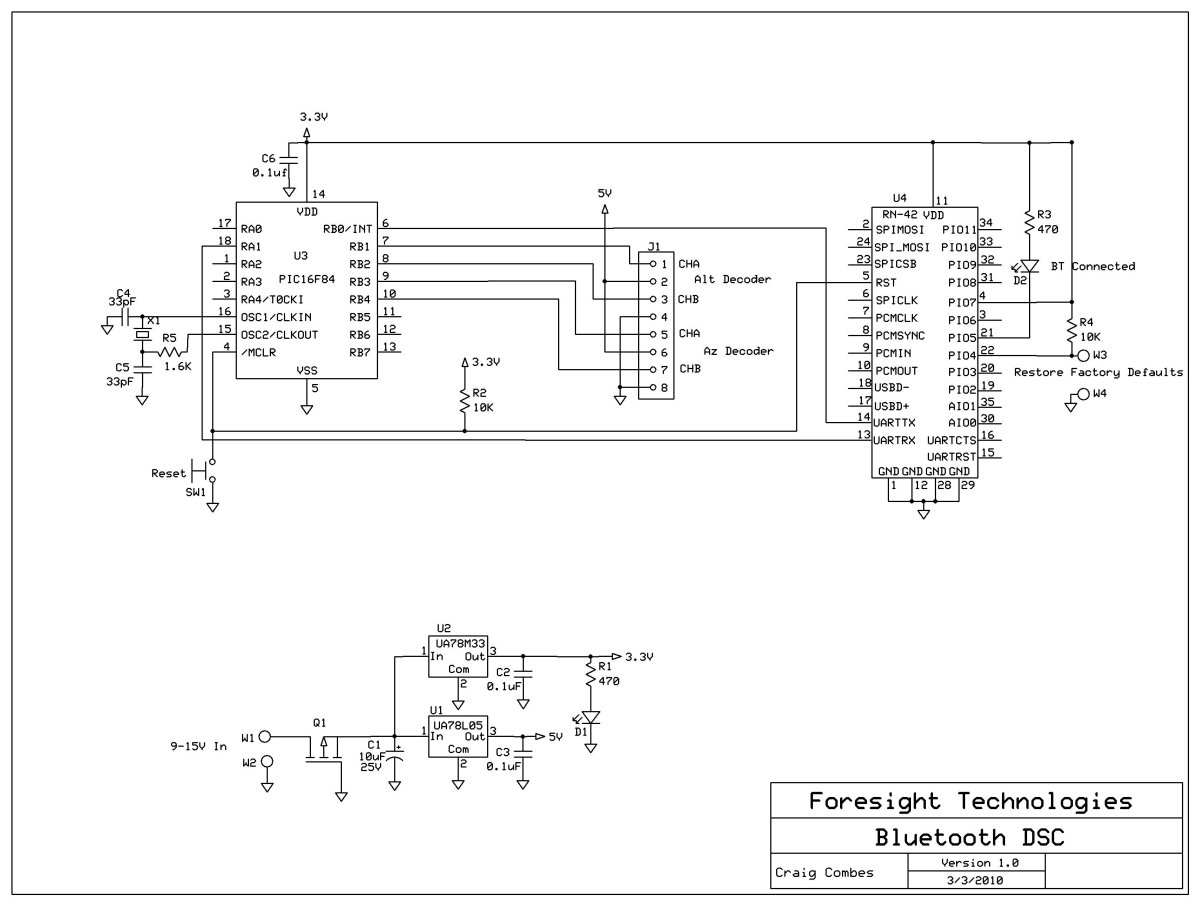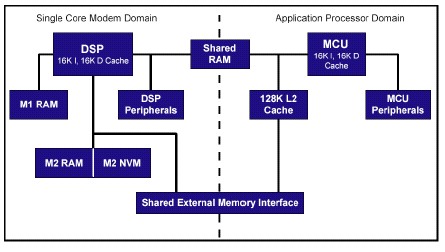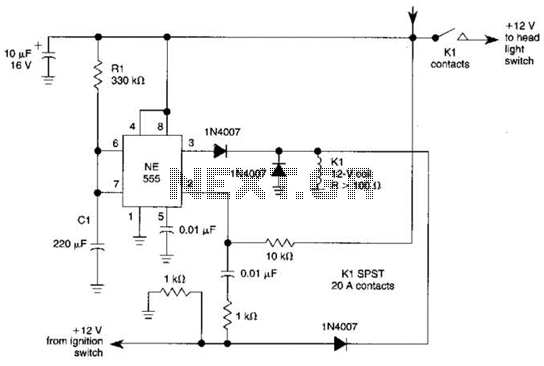
Bluetooth for Symbian OS Mobiles
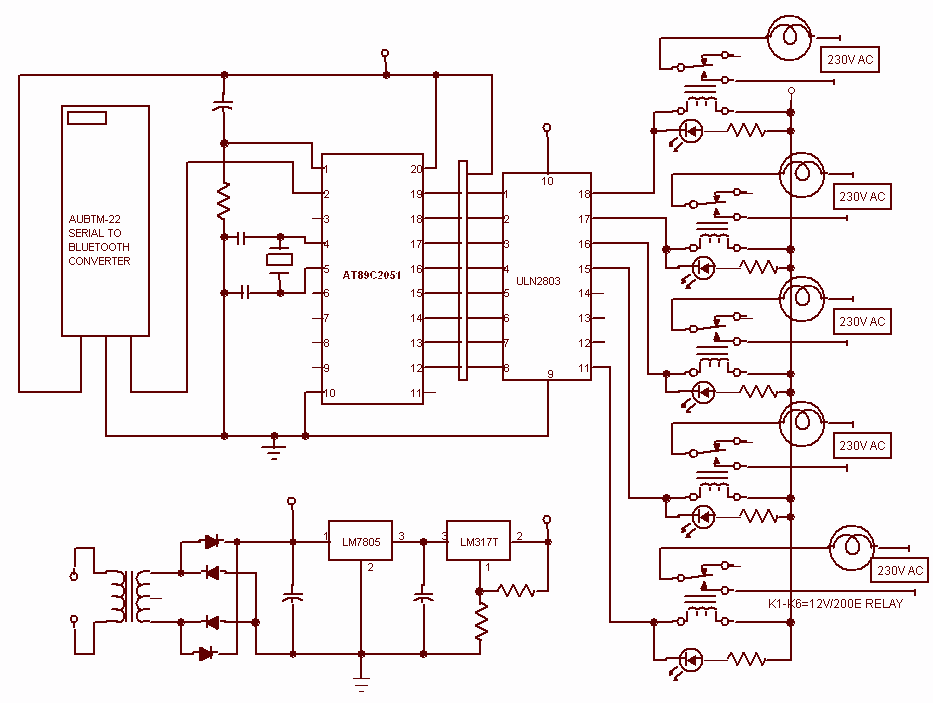
Use your Symbian OS mobiles to control devices through Bluetooth. The serial to Bluetooth converter from sparkfun.com is used in this project. The Microcontroller At89C2051 is used to receive the data from the mobile through bluetooth. Most of the Nokia smartphones can be used in this project. More: Symbian OS II Edition Nokia Phone models: Nokia 6600, 3230, 6260, 6620, 6670, 7610, 6630, 6680/6681, N70, N72, N90 (Soon i will add Mobile software for III Edition Nokia Phones.)
This project utilizes a Bluetooth communication system to enable control of devices using Symbian OS mobile phones. The core component of the system is the AT89C2051 microcontroller, which serves as the central processing unit to interpret the Bluetooth signals received from the mobile device.
The Bluetooth communication is facilitated by a serial to Bluetooth converter sourced from SparkFun Electronics, which acts as a bridge between the mobile phone and the microcontroller. This converter is responsible for establishing a wireless link, allowing commands sent from the mobile device to be transmitted to the microcontroller.
The AT89C2051 is an 8-bit microcontroller from the Atmel AVR family, featuring a 20-pin DIP package. It is equipped with 2 KB of Flash memory, 128 bytes of RAM, and 15 I/O pins, enabling it to handle various control tasks. The microcontroller receives the data sent via Bluetooth, processes the commands, and subsequently controls external devices based on the received instructions.
The project is compatible with several Nokia smartphones running Symbian OS II Edition, including models such as the Nokia 6600, 3230, 6260, 6620, 6670, 7610, 6630, 6680/6681, N70, N72, and N90. The communication protocol allows for simple command structures that can be easily implemented in mobile applications.
Future enhancements may include the development of mobile software compatible with Symbian OS III Edition phones, expanding the range of devices that can control the system. Overall, this project exemplifies the integration of mobile technology and microcontroller applications, facilitating innovative control mechanisms for various electronic devices.Use your Symbian OS mobiles to control devices through Bluetooth. The serial to Bluetooth converter from sparkfun.com is used in this project. The Microcontroller At89C2051 is used to receive the data from the mobile through bluetooth. Most of the Nokia smartphones can be used in this project. Symbian OS II Edition Nokia Phone models: Nokia 6600, 3230, 6260, 6620, 6670, 7610, 6630, 6680/6681, N70, N72, N90 (Soon i will add Mobile software for III Edition Nokia Phones.) 🔗 External reference
This project utilizes a Bluetooth communication system to enable control of devices using Symbian OS mobile phones. The core component of the system is the AT89C2051 microcontroller, which serves as the central processing unit to interpret the Bluetooth signals received from the mobile device.
The Bluetooth communication is facilitated by a serial to Bluetooth converter sourced from SparkFun Electronics, which acts as a bridge between the mobile phone and the microcontroller. This converter is responsible for establishing a wireless link, allowing commands sent from the mobile device to be transmitted to the microcontroller.
The AT89C2051 is an 8-bit microcontroller from the Atmel AVR family, featuring a 20-pin DIP package. It is equipped with 2 KB of Flash memory, 128 bytes of RAM, and 15 I/O pins, enabling it to handle various control tasks. The microcontroller receives the data sent via Bluetooth, processes the commands, and subsequently controls external devices based on the received instructions.
The project is compatible with several Nokia smartphones running Symbian OS II Edition, including models such as the Nokia 6600, 3230, 6260, 6620, 6670, 7610, 6630, 6680/6681, N70, N72, and N90. The communication protocol allows for simple command structures that can be easily implemented in mobile applications.
Future enhancements may include the development of mobile software compatible with Symbian OS III Edition phones, expanding the range of devices that can control the system. Overall, this project exemplifies the integration of mobile technology and microcontroller applications, facilitating innovative control mechanisms for various electronic devices.Use your Symbian OS mobiles to control devices through Bluetooth. The serial to Bluetooth converter from sparkfun.com is used in this project. The Microcontroller At89C2051 is used to receive the data from the mobile through bluetooth. Most of the Nokia smartphones can be used in this project. Symbian OS II Edition Nokia Phone models: Nokia 6600, 3230, 6260, 6620, 6670, 7610, 6630, 6680/6681, N70, N72, N90 (Soon i will add Mobile software for III Edition Nokia Phones.) 🔗 External reference
